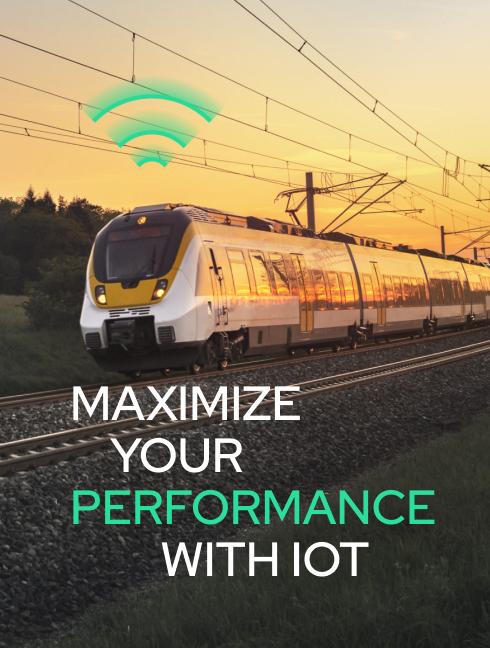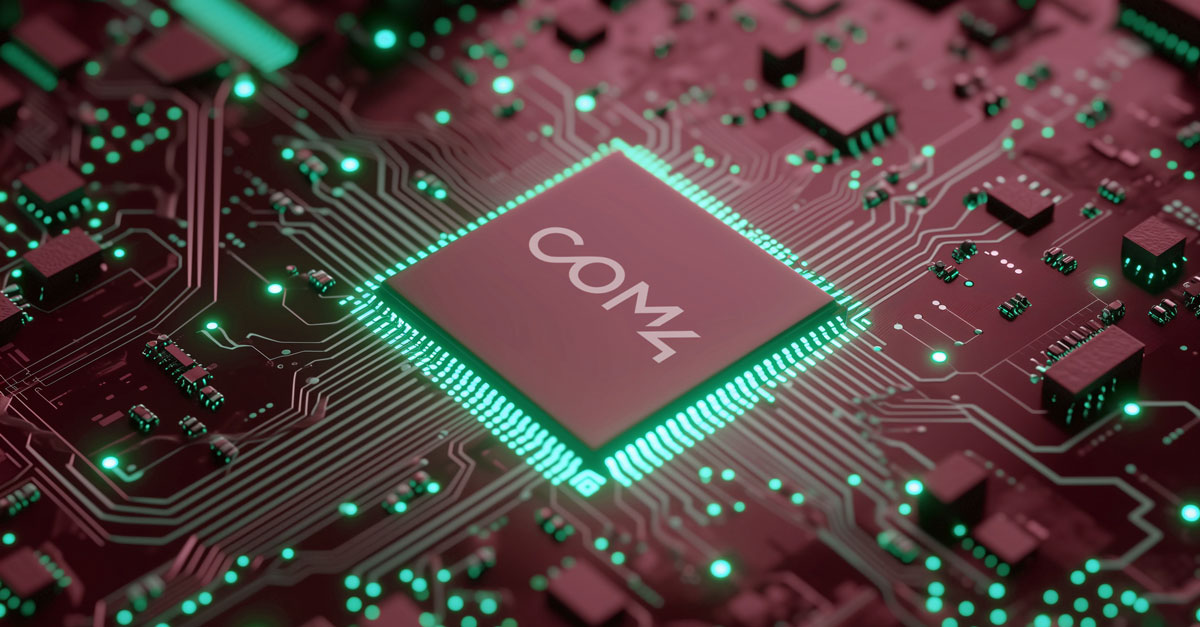Predictive maintenance focuses on anticipating when a component or system is about to fail, allowing necessary measures to be taken before the failure actually occurs. Unlike traditional scheduled maintenance, which is often carried out at fixed intervals, predictive maintenance is based on the equipment's actual condition.
IoT technology makes this possible by collecting and analyzing data from sensors placed on the equipment. These sensors monitor variables such as temperature, vibration, pressure, and power consumption. When the data is analyzed using artificial intelligence and machine learning, anomalies can be detected early, providing clear recommendations on when maintenance should be performed.
Benefits of IoT-Based Predictive Maintenance
Businesses implementing predictive maintenance often experience significant advantages. Reduced downtime is one of the primary benefits, as maintenance is planned before a critical failure occurs, thus avoiding costly operational interruptions. At the same time, resource usage becomes more efficient since technicians can focus on equipment that genuinely needs attention rather than performing routine maintenance on components that are functioning properly.
Another important aspect is increased safety. Continuous monitoring of machines and equipment reduces the risk of dangerous failures. In addition, predictive maintenance contributes to more sustainable operations, as optimally maintained equipment consumes less energy and enjoys a longer lifespan.
Predictive maintenance is a profitable strategy for industrial companies. According to McKinsey, digital predictive maintenance can increase asset availability by 5–15 percent and reduce maintenance costs by 18–25 percent. The Deloitte report Predictive Maintenance: Deloitte’s Approach confirms similar results, with a 5–15 percent reduction in downtime, a 5–20 percent increase in labor productivity, and a 10–30 percent reduction in inventory levels, which in turn cuts costs by 5–20 percent.
Insights from DNV GL show that companies in the solar energy sector that have implemented predictive maintenance have achieved a 12 percent reduction in costs, a 9 percent improvement in uptime, and a 20 percent increase in equipment lifespan. In addition, safety, health, and environmental risks are reduced by 14 percent. These findings underscore that predictive maintenance cuts costs, enhances operational reliability, improves resource utilization, and extends the lifespan of critical assets.
How to Implement Predictive Maintenance with IoT
Implementing predictive maintenance requires a structured approach. The process begins with identifying which equipment is most critical to the company’s operations. It is often wise to start with components or systems that have a high risk of failure or a significant impact on operations.
The next step is to equip the components with IoT sensors capable of monitoring relevant parameters. The data must then be collected on a secure platform where it can be analyzed in real time. Analytical tools, often powered by artificial intelligence, can identify patterns and provide clear alerts when anomalies requiring attention are detected.
Com4’s IoT platform offer low latency and high uptime, ensuring continuous data transmission from sensors to analysis tools. With built-in support for eSIM technology, global coverage is provided without the need for physical SIM cards, simplifying logistics and setup in complex operations.
Ideas for Using IoT in Predictive Maintenance
IoT technology opens the door to innovative applications across industries. In manufacturing, for example, companies can monitor vibrations, temperature, and pressure in machinery to reduce downtime and extend equipment lifespan. The energy sector benefits from IoT in wind turbines, where sensors analyze vibrations and sound patterns to predict failures in rotor blades and gearbox systems, resulting in higher production and lower costs.
In transportation, railway companies can use IoT to monitor wheels and brake systems, reducing the risk of service interruptions. The logistics industry has implemented sensors to monitor engines and tire pressure in fleets, improving delivery precision and reducing costs.
Secure and Reliable Communication
Soundsensing develops sensors and software that monitor machines in commercial buildings. Using machine learning, the software identifies when irregular sounds occur and notifies the building owners. Soundsensing attaches small sensors to the monitored machines, which communicate via Bluetooth with a nearby mobile modem. Through Com4’s mobile network, the sounds are continuously transmitted to Soundsensing’s software, which learns the machine’s unique rhythm and sound.
Gomero Group AB enables utility companies to remotely and continuously monitor critical assets in transformer stations. The company facilitates modernization and helps start the journey toward predictive maintenance. Key components include interconnected sensors, data analysis, and artificial intelligence. Network operators use real-time, data-driven insights and traceability to monitor assets. This real-time data flow is powered by Com4’s mobile IoT communication, while our management portal offers Gomero a comprehensive overview, including insights into data usage and services.
Important Factors to Consider
To succeed with predictive maintenance, it is crucial to ensure that the collected data is of high quality. Poor or incomplete data can lead to inaccurate analyses, undermining the entire initiative. Furthermore, having the right infrastructure in place to handle and analyze large volumes of data is essential. This includes secure networks and reliable data processing platforms.
Com4 helps businesses achieve this through robust IoT solutions designed for high scalability and reliability. We also offer consulting and technical support to ensure that each implementation is tailored to the unique requirements of your industry.
10 Steps to Succeed with a Predictive Maintenance Pilot
To ensure success during the pilot phase, it is important to follow a structured approach. Here are 10 steps to help you get started.
-
Identify Critical Equipment
Begin by mapping out which equipment has the greatest impact on operations. Select machines or systems that are most prone to failure or that could cause significant downtime if they break down.
-
Define Clear Goals
Set clear and measurable objectives for the pilot. For example: “Reduce downtime by 20 percent” or “Extend the lifespan of machines by 15 percent.” This will help you evaluate the pilot’s results.
-
Select Relevant Parameters
Determine which data points are most valuable for monitoring the equipment, such as temperature, vibration, pressure, or power consumption. This ensures that you collect information that can be effectively used to predict failures.
-
Install IoT Sensors
Equip the machines with sensors that can monitor the selected parameters. Make sure the sensors are high-quality and suitable for the environment in which they will be used. Ensure secure and reliable communication for data transmission.
-
Establish a Robust Data Platform
Data from the IoT sensors must be stored and analyzed on a secure and reliable platform. Choose a platform capable of handling real-time data with support for machine learning and artificial intelligence.
-
Develop Analytical Models
Create or adapt algorithms that can identify patterns and anomalies in the data. Artificial intelligence and machine learning play a key role in analyzing complex datasets and providing accurate recommendations.
-
Test the System Under Realistic Conditions
Run the pilot on a smaller scale and in realistic operational environments. This allows you to identify weaknesses in the system and adjust sensors, data analysis, or alerts before full deployment.
-
Evaluate the Results
Analyze the outcomes of the pilot. Assess whether the objectives were achieved and document key learnings. Review how the pilot’s predictions helped reduce downtime or improve resource utilization.
-
Scale Up Gradually
If the pilot is successful, you can expand the solution to more machines or locations. Make sure your infrastructure can handle the increased volume of data and analysis requirements.
-
Develop a Maintenance Strategy
Integrate predictive maintenance into your long-term operational strategy. This involves establishing clear procedures for notifications, responses, and reporting. Also, ensure continuous monitoring and improvement of the system.
How to Succeed with Predictive Maintenance
Implementing predictive maintenance requires a structured approach, and a successful pilot phase is crucial for achieving long-term benefits. By identifying critical equipment, setting clear goals, gathering relevant data, and utilizing advanced analytics, companies can reduce downtime, cut costs, and increase operational reliability.
The use of IoT sensors, artificial intelligence, and machine learning provides real-time insights that enable smarter and more efficient maintenance decisions. To fully realize the value of predictive maintenance, it is advisable to start with a pilot, evaluate the results, and gradually scale up.
Contact us if you want to learn more about how to get started.








